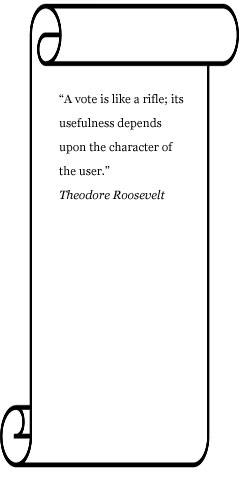Second World War at Sea:
The British Pacific Fleet
by Mike Bennighof, Ph.D.
December 2013
During the September 1944 “Octagon”
joint planning conference, the British undertook
to send a Royal Navy task force to the Pacific
to serve under American command. This would
include four fleet and four light carriers
plus two fast battleships with cruisers and
destroyers. This greatly pleased the admirals,
who saw it as the best way to free them from
having to carry out Winston Churchill’s
hare-brained schemes for amphibious assaults
in South-East Asia and the Dutch East Indies.


Though it rankled some to place their fleet
under the Americans, this solution certainly
seemed better than flinging themselves against
Sumatra, Rangoon or Singapore. By the fall
of 1944, the Royal Navy was a spent force,
at least in physical terms. Its heavy units
had seen hard service, and the modernized
ships dating from World War I could no longer
be considered front-line units. Ships built
in the 1930s had been kept at sea far too
long between refits and desperately needed
major work.
When the Americans began major operations
in the Central Pacific in early 1944, the
Japanese withdrew their carriers and battleships
to Singapore. The Royal Navy felt an urgent
need to reinforce their Eastern Fleet, but
all of the fleet carriers in the European
theater had been sent to the dockyards. Two
of the four modern battleships were in drydock,
with the other two scheduled to take their
place when they completed their refits.
These ships, when available, formed the nucleus
of the British Pacific Fleet. The first units
left Ceylon for Sydney, Australia, in December
1944. The Royal Navy hoped to increase the
fleet’s strength even beyond their commitments,
but the poor material condition of many of
the ships continually caused delays.
In January, the main body of the fleet set
out, and along the way launched a carrier
raid on Sumatra. Afterwards they proceeded
to Fremantle in Western Australia and on to
Sydney, arriving in mid-February. There the
carrier Illustrious had to have her
central propeller replaced, and the carrier
Formidable finally caught up with
the fleet. Formidable had broken
down in the Mediterranean on the way to the
Far East and required major repairs at Gibraltar.

HMS Indefatigable passes the Suez
Canal
on her way to the Pacific, December 1944
Transferring to the American anchorage at
Ulithi Atoll in March, the fleet received
orders to participate in the invasion of Okinawa,
code-named Iceberg, and the new designation
Task Force 57. All of the British carriers
suffered kamikaze hits during the operation,
although the most serious damage came from
an accidental hangar-deck fire on Formidable
that destroyed 32 aircraft.
After refitting at Sydney in June, the Pacific
Fleet (under the call sign Task Force 37)
joined in American carrier strikes against
the Japanese home islands, hitting northern
Honshu and the Tokyo area. On the night of
29-30 July the battleship King George
V shelled the aircraft factories at Hamamatsu
in southern Honshu.
The British carriers refueled and returned
to action, after a typhoon-induced delay.
On 9 and 10 August the British carriers again
hit Honshu, and on the 13th planes from Indefatigable
conducted Britain’s last wartime carrier
strike.

Formidables
rush to repair kamikaze
damage to their carrier, May 1945
Check out our Second World War at Sea lineup |


